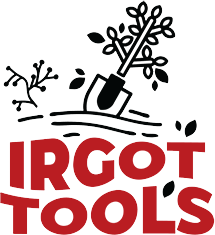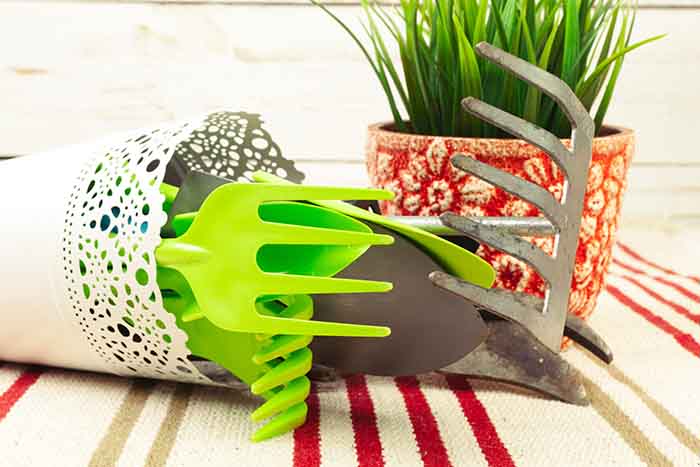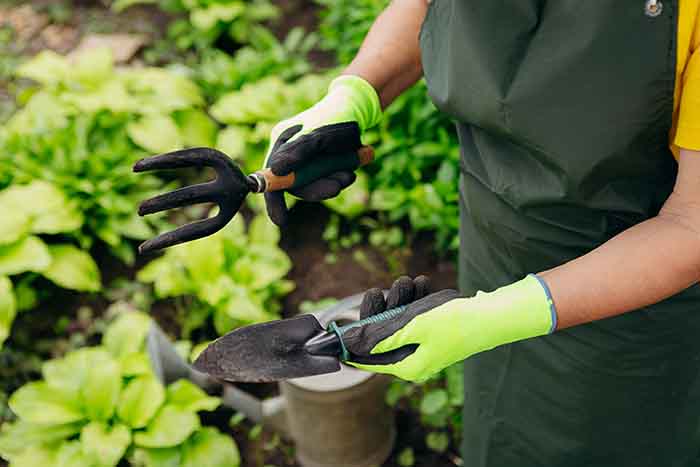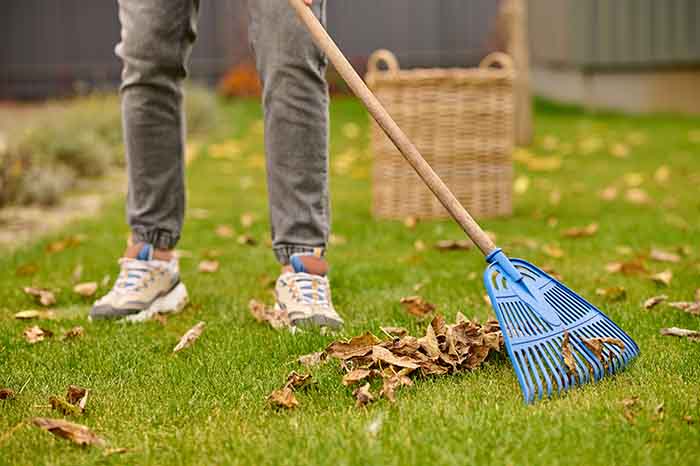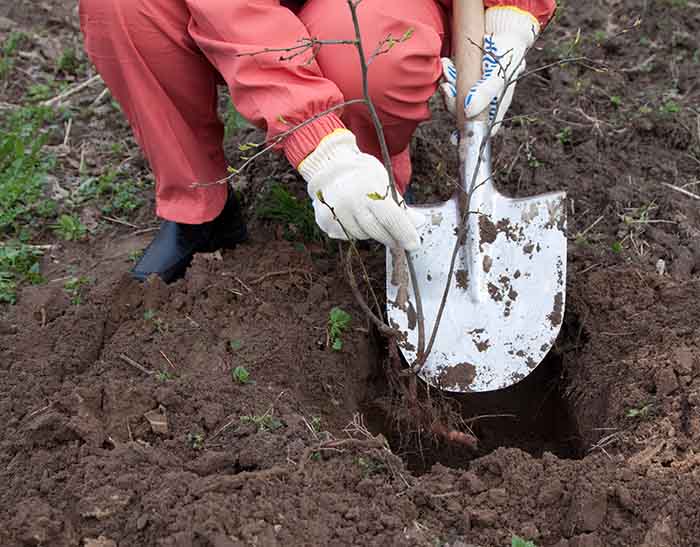The best gardening tools you must have
Good evaluation of gardening tools before purchase
When choosing gardening tools, the advice is to look at what they are made of. Well-designed gardening tools will allow you to work efficiently during the work season. Fewer components will mean better construction, especially when it comes to small hand tools, and the best gardening tools with a wooden handle should be made of hardwood so that it does not break.
Quality gardening tools are made of aluminum and steel, which guarantees longevity. Also, you need to evaluate the design itself and make sure that the handles are bent and coated for good grip.
Source:Freepik.com
Author’s URL: www.freepik.com/fabrikasimf
Good gardening tools such as Irgot Tools, combined with enough knowledge on how to use them, will help you spend less effort while working, do gardening faster, and, equally important, save you money. You will achieve additional efficiency by regular maintenance of gardening tools. Rusty or blunt tools can pose a risk of injury, and rough surfaces can also affect the development of plant diseases.
Hand cultivator
Gardening tools also include hand cultivators which, with the help of tines:
- Break the ground
- Move stones
- Remove weeds
The hand cultivator can have three to five tines that are attached to a solid handle. The tines on the hand cultivator are made of stainless steel and are usually thick to better grip the ground. This tool is suitable for smaller garden jobs and when working on planting bulbs or transplanting plants. The land cultivated with this tool contributes to better growing conditions.
In addition to hand cultivators, there is also a tool that has a cultivator on one side and a hoe blade on the other. Also, the Irgot Tools Broadfork can be found with the tines, which easily cultivates and crushes the soil.
Small hand forks
This gardening hand tool is used on small plants as a tool for:
- Aeration and soil cultivation
- Weeding
- Transplanting seedlings
Source: Freepik.com
Author’s URL: www.freepik.com/bondvit90
Instead of narrow and bent tines, small hand forks have wide and straight tines that, under pressure on the ground, shake the soil before planting or transplanting.
Garden rakes
Various rakes are always popular gardening tools. They have multiple purposes, and we recognize them as a tool with a long handle and a broad metal head with many short tines attached to the handle.
With garden rakes, both sides are useful.
The tines side allows:
- Breaking down compacted soil
- Leveling the ground
- Gravel and mulch raking
- Removal of stones, roots, and weeds
The flat side of the metal part is used for:
- Making furrows
- Burial of sown seeds
These gardening tools differ in the length of the tines and the size of the handle, while the tines themselves can be straight or curved, placed wide or close to each other.
Garden rakes are different from leaf rakes. While garden rakes have a solid rectangular head with tines, leaf rakes have a fan-shaped head.
Source:Freepik.com
Author’s URL: www.freepik.com/zinkevych
Hoe
Traditional gardening tools include a garden hoe, which is one of the most widely used tools.
The hoe as a tool has a flat blade on the handle and is used for:
- Digging the soil for planting
- Covering sown furrows
- Making furrows for sowing
- Weeding and digging
- Breaking the sod
Different types of garden hoes
There are several types of garden hoes that can cultivate the land better than a classic hoe.
Classic hoe
A classic hoe is a tool that can cultivate the soil in the shortest possible time. It is enough to cut it on the ground and then pull its head back and make loose soil.
The classic hoe is used for:
- Digging and moving piles of earth
- Cutting large weeds
- Removing pieces of sod for new beds
- Breaking lumps of earth
Multi-purpose garden hoe
The multi-purpose hoe has a large, curved blade that makes it easier to push the ground. In this way, a large area of land can be cultivated quickly. The sharp edge on the right side makes this tool suitable for removing weeds in difficult places, such as the space between plants.
A hoe for tiny weeds
Only a quick cut under the root of the weed can eliminate it. Hoes for tiny weeds are perfect for this kind of work. These hoes are driven no more than 10 centimeters below the earth’s surface. They are excellent when it comes to shortening tiny weeds on soft soil before the weeds get stronger.
These hoes work on the push-pull principle, where they can cut weeds in both directions. The angle of these hoes between the head and the handle is from 20 to 30 degrees, which facilitates horizontal pushing and pulling.
Hoes for tiny weeds are excellent for:
- Loosening the soil and breaking up the surface crust of the earth
- Weeding in small areas and narrow spaces
Shovel
Gardening tools also have shovels in their collection. The head of the shovel can be found in different shapes as concave and triangular or flat and rectangular. The triangular shovel has two sharp edges, while the rectangular one has one sharp front edge. Both types of shovels can have a protrusion for the feet on the top of the lever, which creates pressure on it to push the head of the shovel into the ground.
Source: Freepik.com
Author’s URL: www.freepik.com/bearfotos
Triangular shovels with a digging blade are heavier than rectangular shovels and are used as such for:
- Excavation of stones
- Root cutting
- Digging large holes for perennials
Flathead shovels are used for:
- Collecting compost, mulch, and soil
- Shredding sod
Today, modern gardening tools are a combination of traditional design and improved features for ease of use. Whether you are a beginner in gardening or have been gardening for a long time, don’t forget that you will always need adequate gardening tools.
